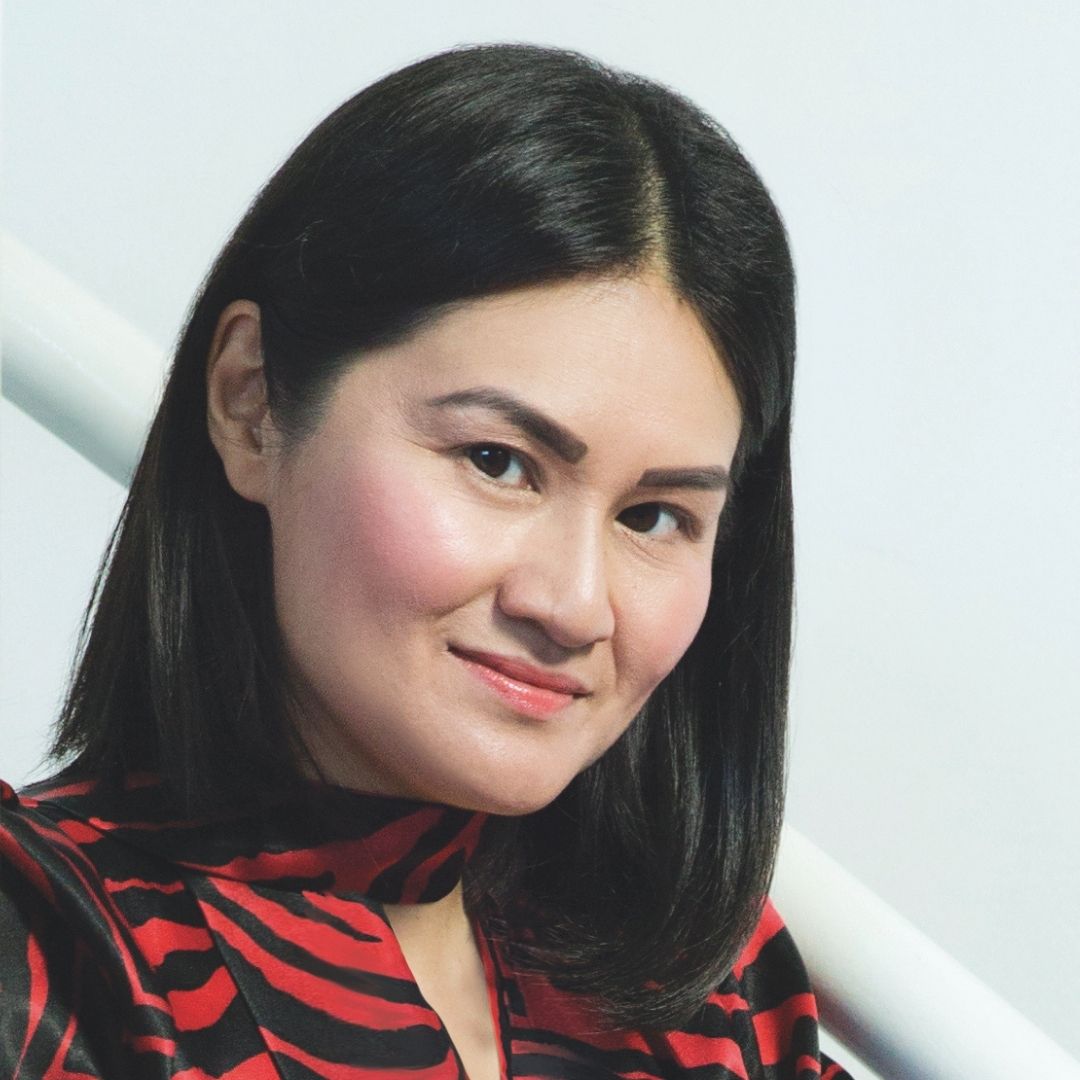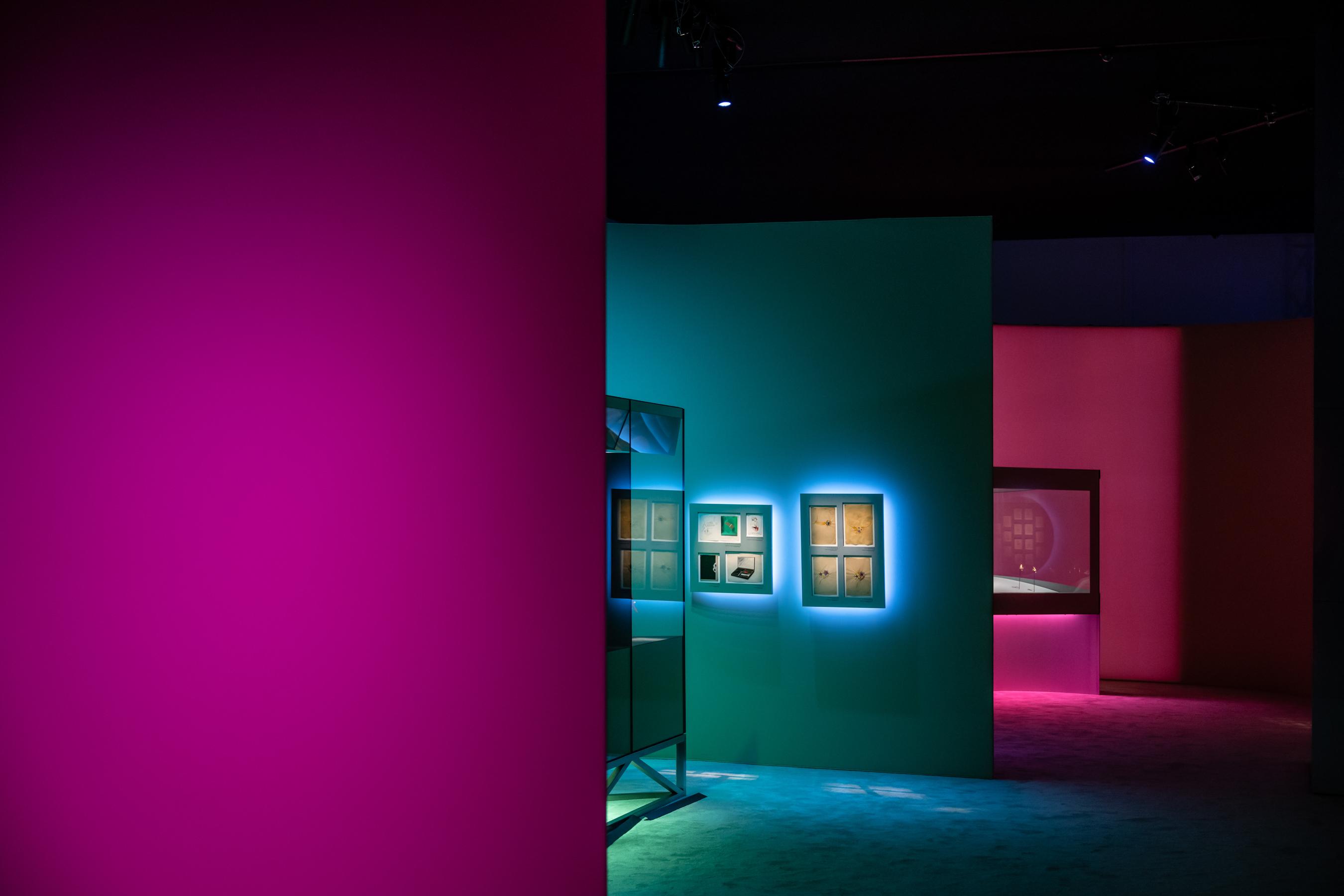
Saudi Arabia may have only opened its doors to international visitors in 2019 – in line with the Crown Prince Mohammed bin Salman Al Saud’s modernisation strategy Vision 2030 – but this historic moment has since seen the Kingdom become the fastest growing tourism destination in the G20. Included in this influx are the European luxury brands hoping to gain a fashion foothold. And among those seeking a success story of their own in the Kingdom is Van Cleef & Arpels, bringing its Time, Nature, Love exhibition to the National Museum of Saudi Arabia – the third stop on its world tour after Palazzo Reale in Milan and the Power Station of Art in Shanghai.
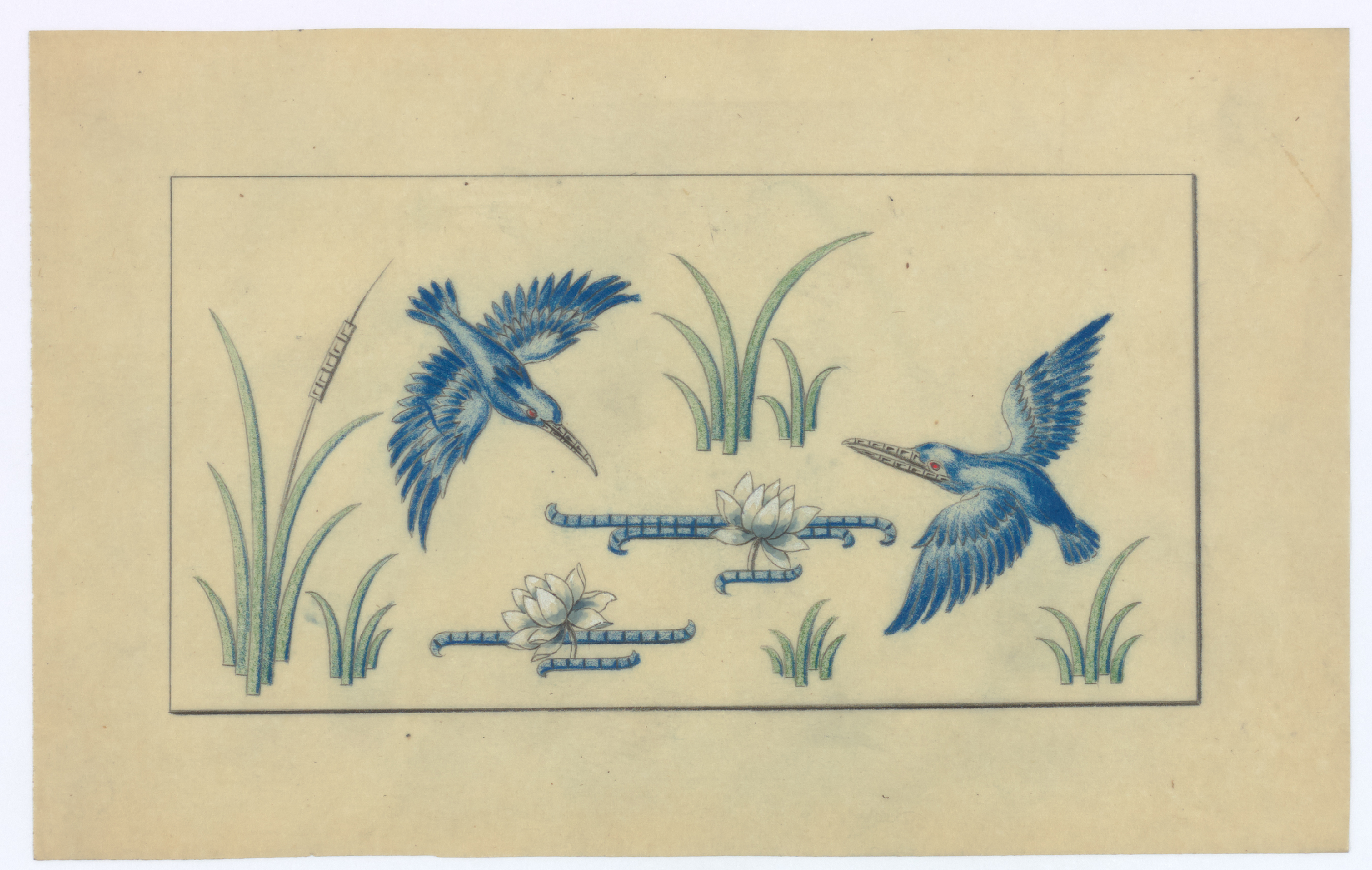
According to Laila Alfaddagh, Director of the National Museum of Saudi Arabia, “We’re fortunate to be where we’re at right now in terms of art and culture in the Kingdom of Saudi Arabia. To have the support of the government and ministry, such as the Ministry of Culture, is really vital and important for a country to strive in terms of the culture industry.” Established in 1999, with 4,000 objects on permanent display, Laila’s deciding factor to host Time, Nature, Love was, “to make the National Museum more relevant to our visitors here in the Kingdom of Saudi Arabia, but also internationally.” She adds, “What inspired me the most was how I could create that link of what is on permanent display at the National Museum with the exhibition, but in a contemporary way.”
So why is now the right time to bring Van Cleef & Arpels: Time, Nature, Love to Saudi? President and CEO Nicolas Bos has the answer. “So many things are happening in Saudi now, it’s such a blessing and a pleasure to be somehow part of it. Saudi has always been a very important market. There is really an appreciation of the precious subject of jewellery. And I would say only in the last few years have we really seen the structures and infrastructures develop in the country, around culture, around retail, and around education in a way that enables brands or institutions like ours to really participate at a speed that is quite remarkable and unprecedented.” Nicolas continues, “This museum is more than 20 years old, but it’s the only recently that they really opened to international collaboration, and projects that are not necessarily directly linked to their own collection of Saudi art, so it was really a matter of timing and recent developments. These projects are very much about building relationships, and building trust.”
Curated by Professor of Jewellery Design at Milan Polytechnic University and President of the Milano Fashion Institute, Alba Cappellieri, the exhibition showcases more than 280 jewels, timepieces, and precious objects, in addition to 90 archival documents, sketches and gouaché designs illustrating the creative process from Patrimonial Department, led by Van Cleef & Arpels’ Director of Patrimony, Lise Macdonald.
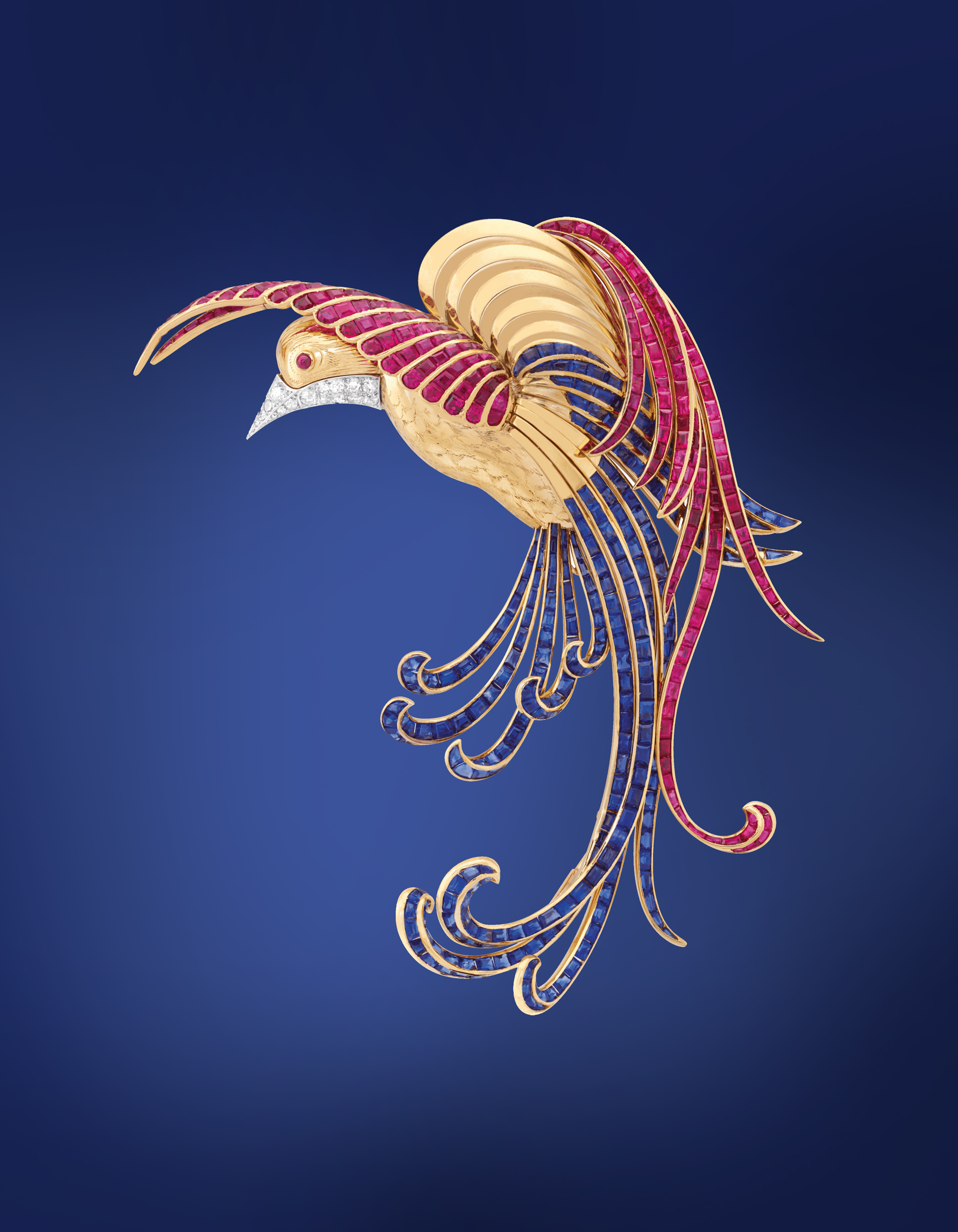
Among the treasures on display is a lion’s head gold choker owned by Elizabeth Taylor, a diamond tiara worn by Grace Kelly, and in a nod to the region, is the 1929 emerald cabochon-tipped diamond necklace worn by Princess Fawzia of Egypt and the Collaret necklace that was created for Queen Nazli to mark the wedding of her daughter to the Shah of Iran.
Time, Nature, Love arrives in the Kingdom as the second season of Saudi 100 Brands, the mentorship programme masterminded by Ministry of Culture of Saudi Arabia’s Fashion Commission, is gathering momentum. Among them are several established and emerging talents in jewellery design including Almuhaisen Jewellery, Amarin Jewels, Charmaleena, Fluorite, Lillian Ismail, Nadine, and Loomer Jewellery to name but a few, all of which seek inspiration from their rich heritage and Saudi ancestry. “The hierarchy that you can see sometimes in other countries between visual arts and decorative arts doesn’t really exist in the culture which is great, I think,” Nicolas notes, while hinting at plans on a future collaboration between Van Cleef & Arpels around Saudi jewellery in Paris in the near future.
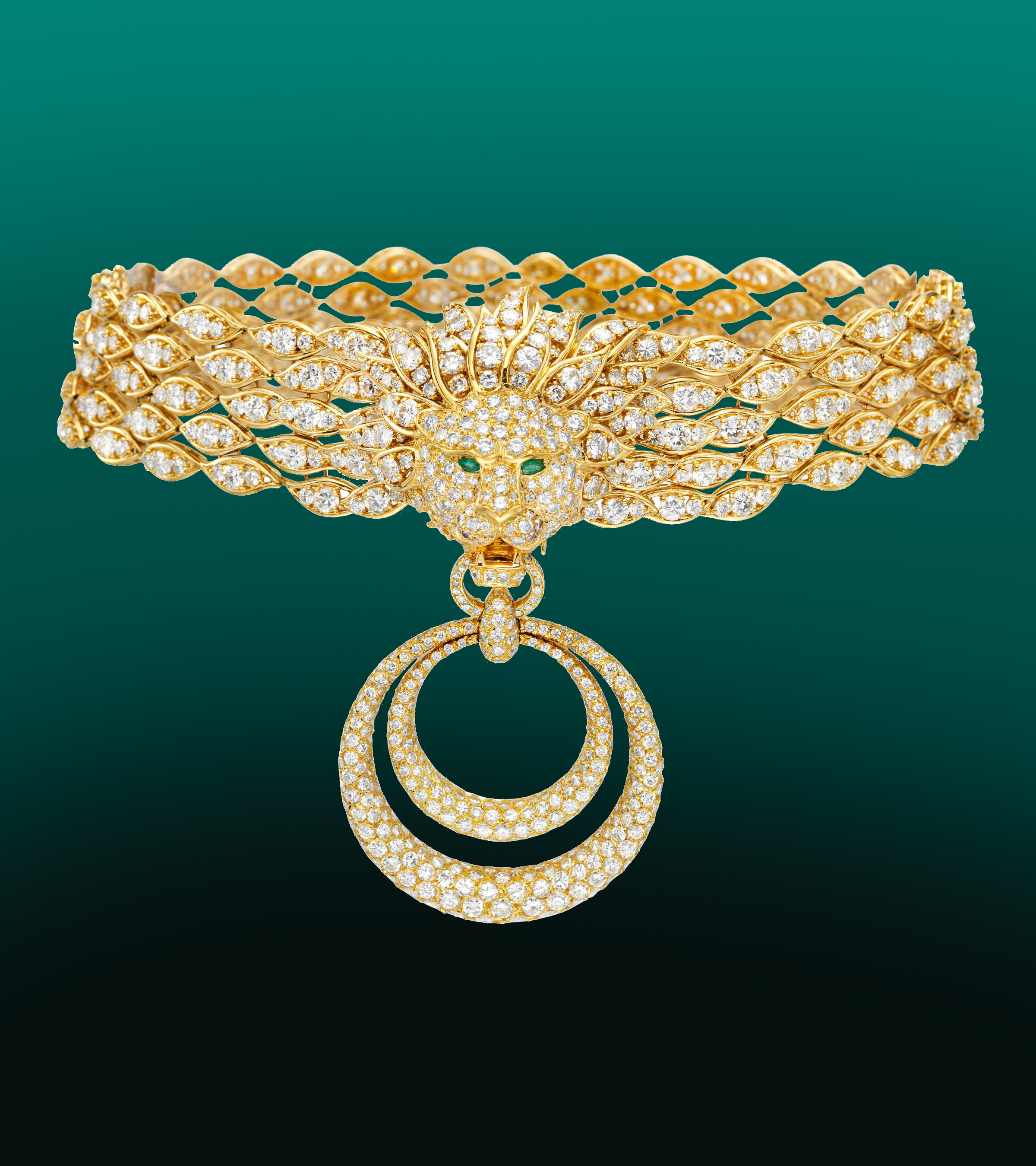
“This is not a commercial event, nor is it a communication coup,” Nicolas insists. “The objective for us is to welcome as many visitors as possible from all possible backgrounds.” Bearing witness to this commitment, many of the exhibits were made tactile for the visually impaired and lowered for wheelchair access and for children to enjoy. Furthermore, for the duration of the show, the National Museum of Saudi Arabia hosted a lively calendar of workshops, immersive educational activities for all ages, and talks with regional and international speakers including topics such as: The Secrets of Sentimental Jewels; Flora in Jewellery Arts; and The Role of Museums and Galleries in Preserving Heritage. “It’s not about exclusivity,” Nicolas protests. “It’s not about the expensive pieces. It’s really about forms of beauty, and that we welcome many visitors as possible to discover the exhibition.”
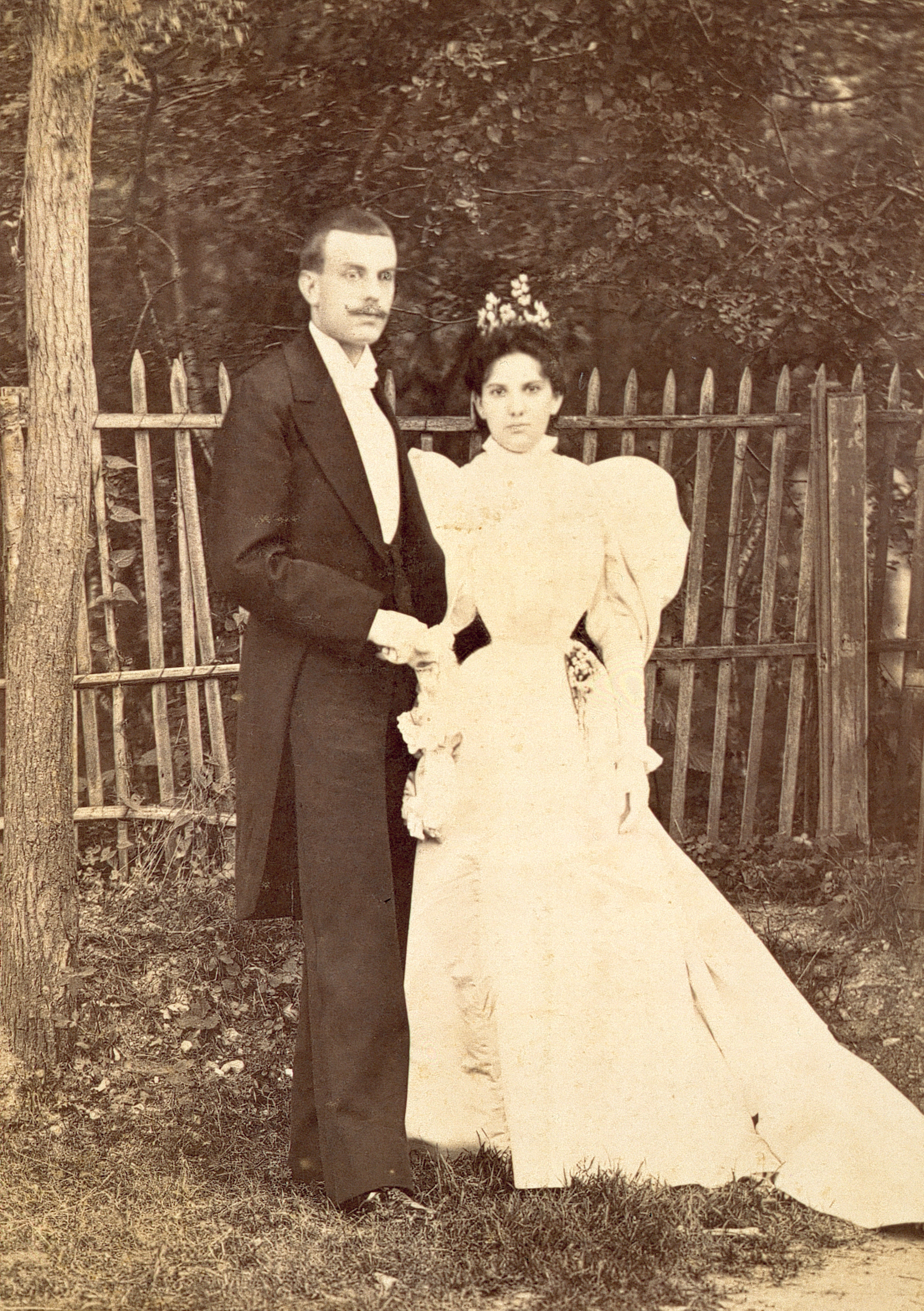
Yet for an exhibition so centred on Paris as the birthplace of the Maison founded in 1906, leaving only one room, The Elsewhere, to explore motifs inspired by the emblems of Egypt, China, and India – which Nicholas is quick to describe as Van Cleef & Arpels’ tributes to, as opposed to being appropriated from, these other cultures – it was left to American architect-designer Johanna Grawunder to root this narrative firmly in the Kingdom. “In this museum, which is monumental and modern, and quite a different situation altogether from a neoclassical palazzo in the centre of Milan and the Power Station of Art in Shanghai, we had to build a new world,” recalls Johanna. “Now we’re in the desert. And in the desert, there’s sand, sunsets and sunrises that are washing this neutral palette, as well as traditional nomadic soft architecture. So this was the inspiration for exhibit in Riyadh.

Visitors are greeted with a sunrise, ushered under a desert sky for the Love chapter of the curation, and the show reaching its crescendo with an aurora borealis, finishing with the sunset, all created with very high-technology digital effects. “This is world building,” acknowledges Johanna of her glowing scenography. “And for me, that’s a very important aspect of all physical visual communication now, to accept that you’re bringing people into a different universe but in this case, the main citizens of this new world is the jewellery,” she declares. “So this exhibition is designed for them. This is their city. So they are, in fact, the most luminous object in the room, visually and technically. They really bring life into the rooms. So in this abstract luminous world, we have these masterpieces, and we’re allowed to visit their world.”
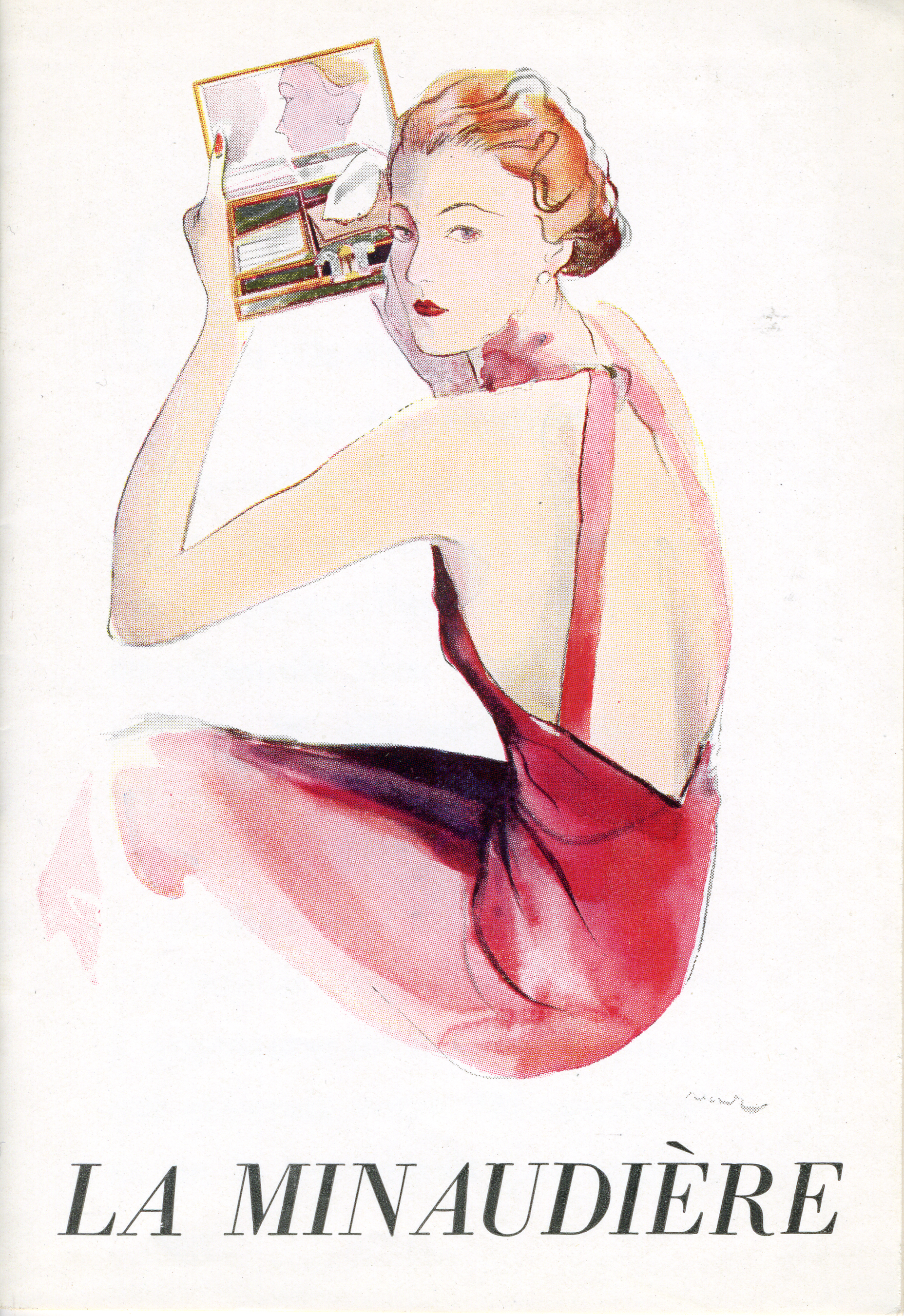
No stranger to world building himself is Burak Çakmak, CEO of the Fashion Commission, whose masterplan to create a meaningful, sustainable global fashion hub in Saudi Arabia in line with Vision 2030 is gaining traction and gathering speed. According to Burak, “Van Cleef & Arpels put on a spectacular show for its significant Saudi customer base, with the thousands of visitors to the exhibition testament to this and the importance of jewellery in Saudi culture.”
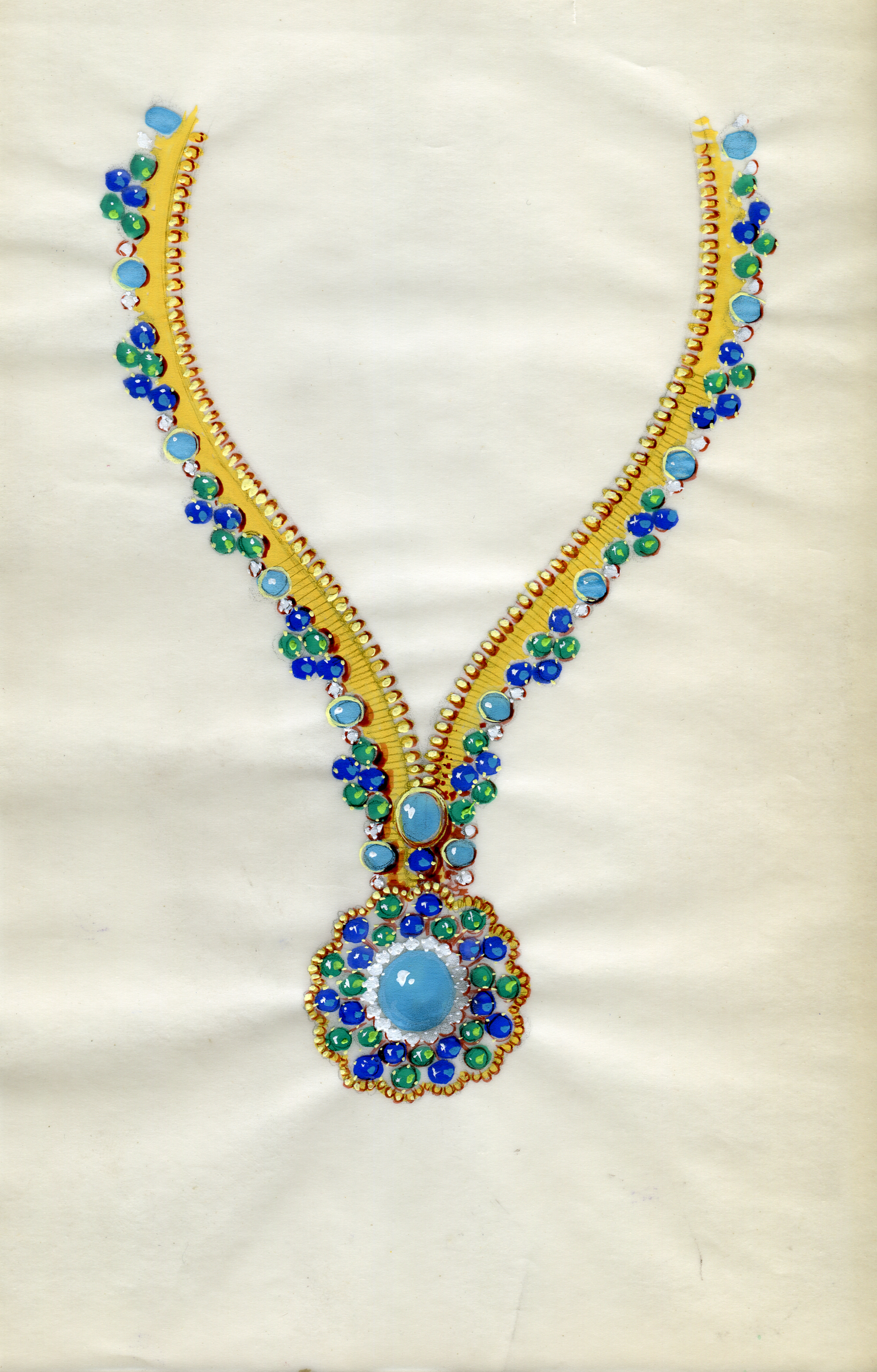
He elaborates, “Saudi consumers love luxury, and they love events – 70 per cent of Saudi luxury consumers are interested in brands hosting local events and shows. And with one in two consumers in Saudi viewing shopping as a hobby, with high spend and frequent purchasing, the Kingdom is welcoming international brands with open arms.” Burak continues, “Since its launch in 2020, the Fashion Commission has hosted its own international events, and is always keen to hear from brands interested in the Saudi market, welcoming collaboration and feedback, and happy to share insights.”
Leading the conversation about the role Saudi fashion has to play in cultural diplomacy, Burak declares, “The fashion scene here is thriving. It’s important we engage with international brands and bring international exhibitions to the country to inspire, educate and bring like-minded people together.” In turn, he adds, “We have many talented emerging creatives, including the designers on the Fashion Commission’s Saudi 100 Brands programme who are breaking into international markets.” Having successfully shown Saudi designers in New York and Milan as part of this pioneering mentorship initiative, for a true cultural exchange, could Paris, the home of Van Cleef & Arpels, be next?
THIS FEATURE IS PUBLISHED IN THE 6TH EDITION OF GRAZIA MIDDLE EAST. DISCOVER MORE HERE.



